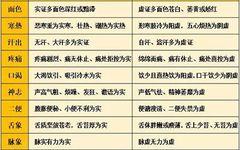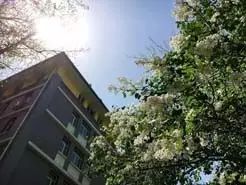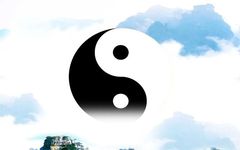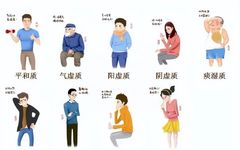Quick Reference for the Eight Principles of TCM Diagnosis
Eight Principles Diagnosis is a comprehensive framework, as each disease has its unique causes. The core of diagnosis lies in the differentiation of the organs and the clear distinction of Qi (vital energy), Blood, and Jin Ye (body fluids). For external febrile diseases, the levels of differentiation are crucial in determining the type of disease … Read more










